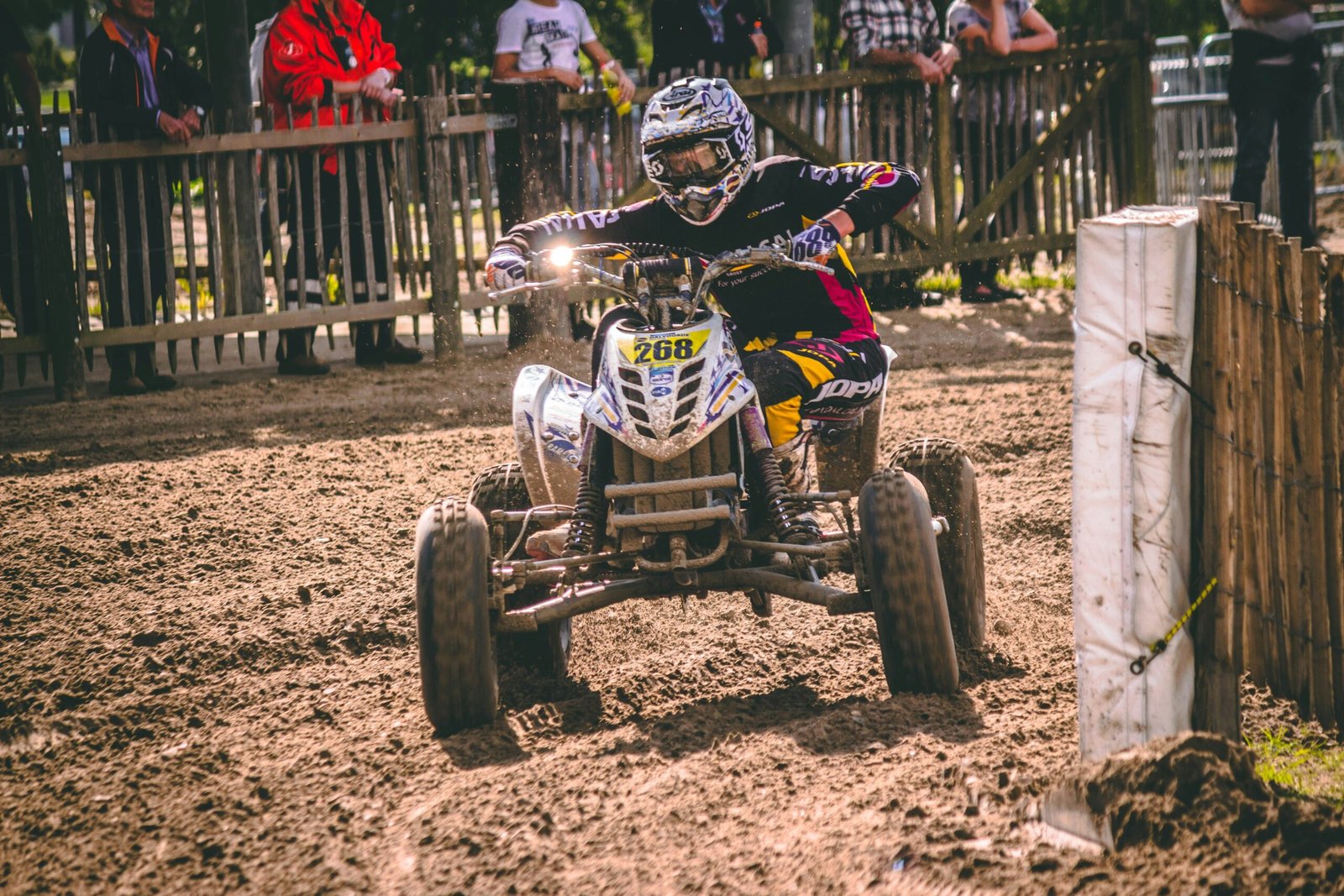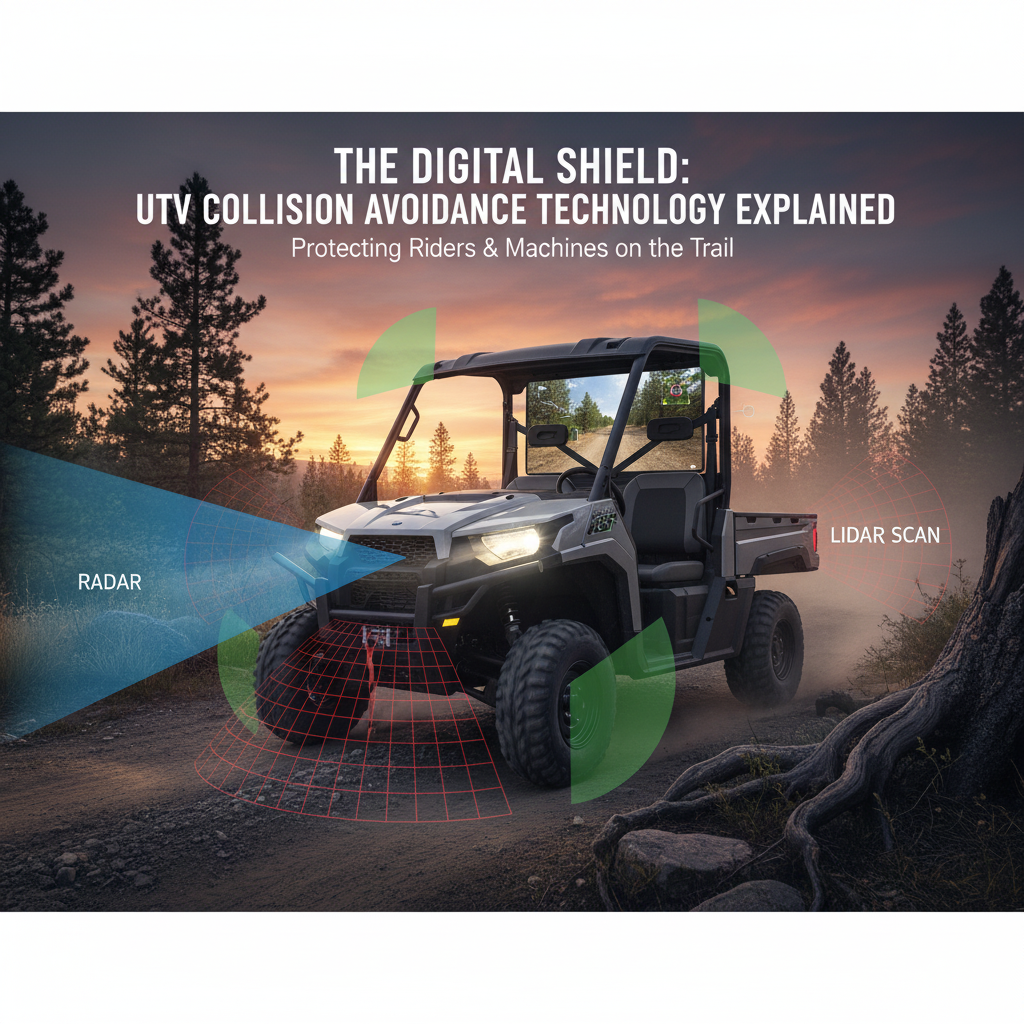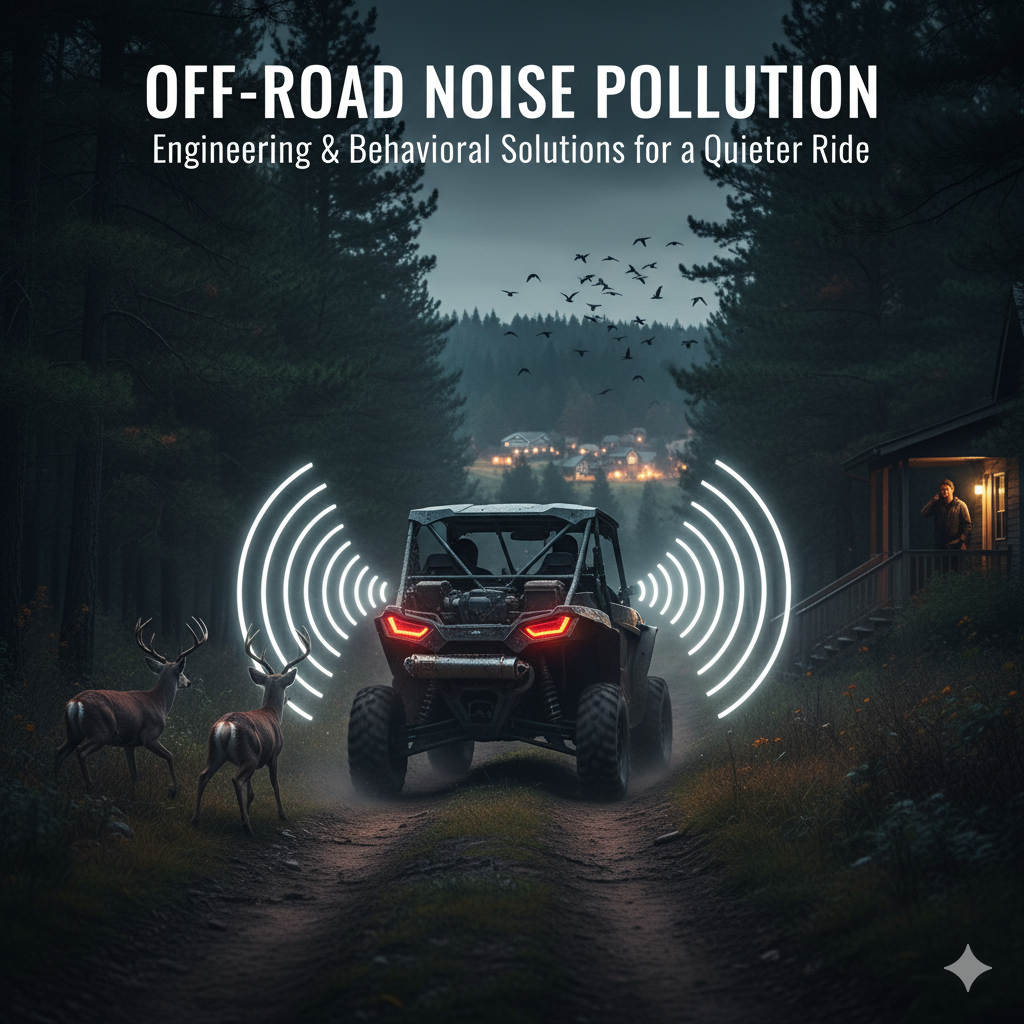All-Terrain Vehicle (ATV) racing is a thrilling and dynamic motorsport that has captivated enthusiasts around the world.
Originating in the late 20th century, ATV racing has grown exponentially in popularity, appealing to both participants and spectators alike.
The sport’s history is root in the evolution of off-road vehicles, initially design for utility and recreation.
which gradually transforms into high-performance machines engineer for competitive racing.
ATV racing is categorize into several distinct types, each with its own unique challenges and appeal.
Motocross, one of the most popular forms, involves racing on closed, off-road circuits that feature a variety of jumps, turns, and obstacles.
This type of racing demands not only speed but also technical skills and precision.
Endurance racing, on the other hand, tests the stamina of both the rider and the machine over extended periods, often across rugged and unpredictable terrains.
Flat track racing, characterized by its oval-shaped dirt tracks.
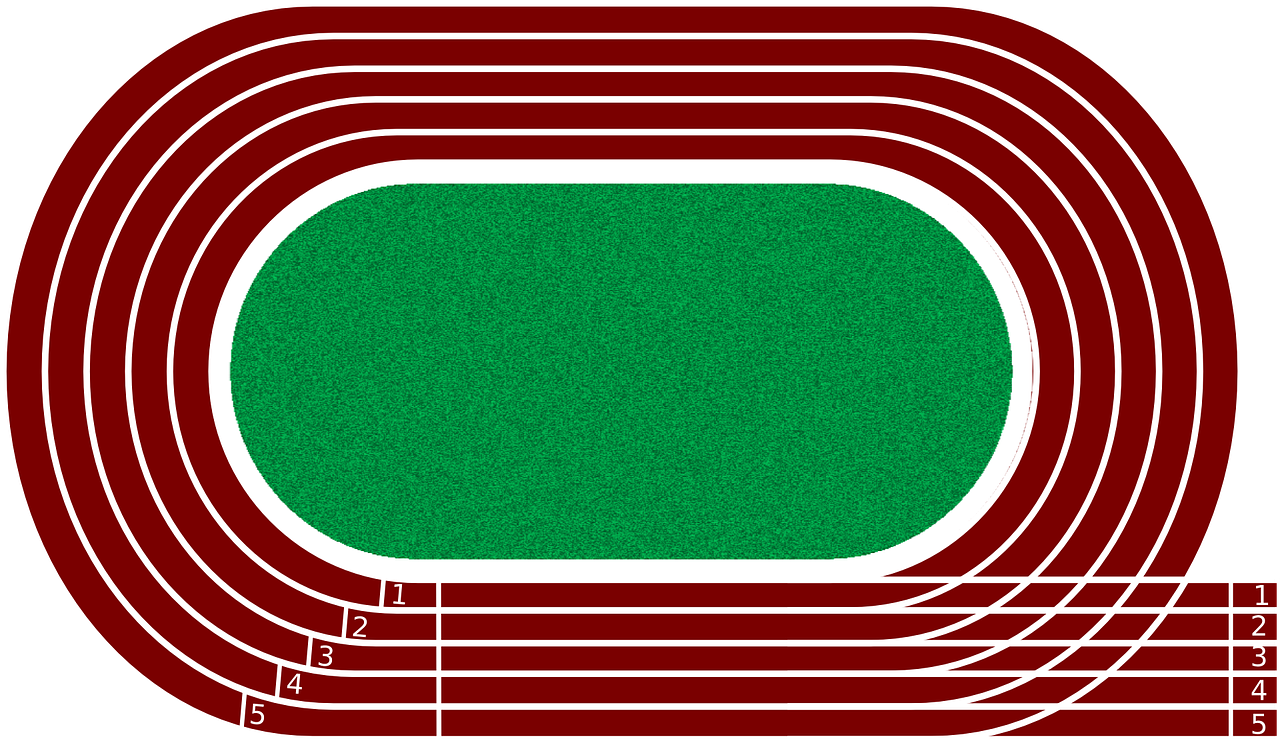
emphasizes high speeds and tight cornering, providing a different kind of exhilaration.
The allure of ATV racing lies in its combination of speed, skill, and the adrenaline rush it provides.
Riders are drawn to the sport for the sheer excitement of navigating challenging courses and pushing their machines to the limits.
Spectators, too, find ATV racing captivating, as it offers a spectacle of high-octane action and competitive spirit.
The community aspect of the sport, with events often bringing together families and enthusiasts, further adds to its appeal.
Whether you are a novice looking to get started or an experienced rider seeking new challenges, ATV racing offers an engaging and rewarding experience.
Choosing the Right ATV
When venturing into the exhilarating world of ATV racing, selecting the appropriate all-terrain vehicle is a crucial first step.
The diverse classes of ATVs cater to different racing styles and skill levels, so understanding these distinctions is essential.
Generally, ATVs are categorized into sport and utility classes, with sport ATVs being the preferred choice for racing due to their agility and speed.
One of the primary factors to consider when choosing an ATV for racing is the engine size.
Engine sizes typically range from 50cc to over 700cc, and the right choice depends on the rider’s experience and racing goals.
For beginners, an engine size between 200cc and 400cc is advisable, as it provides a balance of power and control.
Advanced racers, aiming for competitive events, may opt for larger engines exceeding 400cc to achieve higher speeds and enhanced performance.
Weight and handling are equally significant considerations.
Lighter ATVs are generally more maneuverable, making them ideal for tight tracks and technical courses.
However, heavier ATVs can offer better stability and traction, which might be advantageous on varied terrains.
Evaluating the type of racing you intend to pursue will help determine the optimal weight and handling characteristics of your ATV.
Matching the ATV to the rider’s skill level is paramount.
Novice riders should select models that prioritize ease of handling and safety features.
while seasoned racers might look for advanced suspension systems and customizable options to fine-tune performance.
Popular models such as Yamaha YFZ450R, Honda TRX450R, and Can-Am DS450 are renowned for their racing capabilities and are worth considering.
When it comes to purchasing an ATV, exploring both new and used options can be beneficial.
Reputable dealerships and online marketplaces like ATVTrader and Craigslist offer a wide range of choices.
It’s advisable to inspect used ATVs thoroughly for any signs of wear and tear and to verify their maintenance history.
In summary, the right ATV can significantly impact your racing experience.
By carefully considering engine size, weight, handling, and aligning the ATV with your skill level and goals.
You can make an informed decision that sets the foundation for a successful and enjoyable racing journey.
Essential Gear and Safety Equipment
When delving into ATV racing, prioritizing safety is paramount.
Ensuring that riders are well-protected significantly reduces the risk of injury and enhances the overall racing experience.
The cornerstone of ATV racing safety lies in the essential gear and equipment riders choose to wear.
Let’s explore the critical safety items every rider needs.
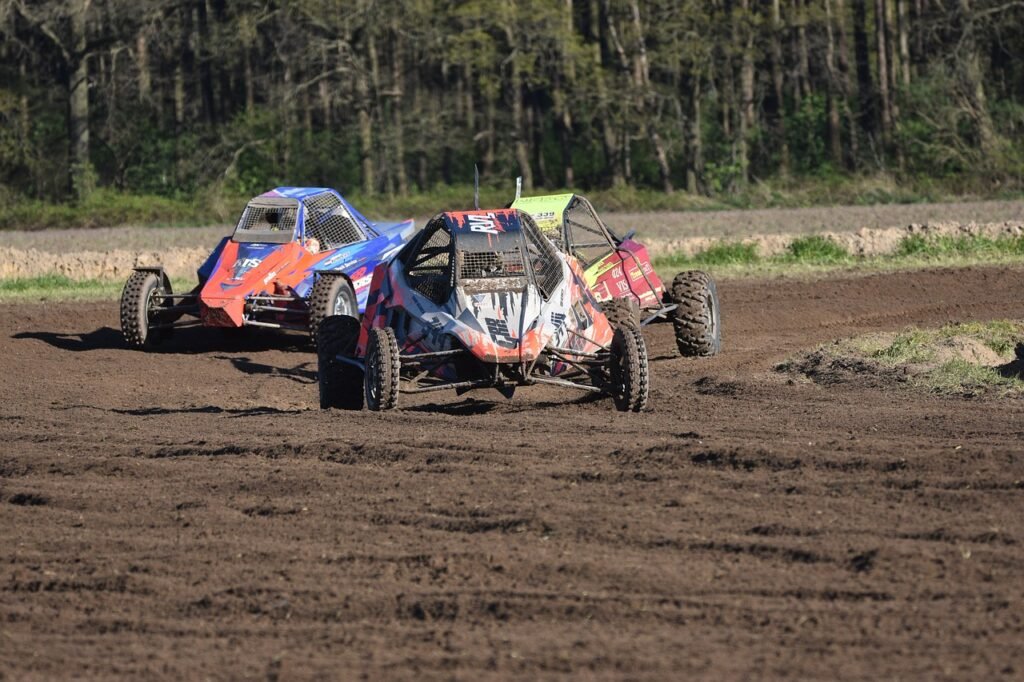
Helmets: A high-quality helmet is non-negotiable. It protects the head from impacts and is the most crucial piece of safety equipment.
When selecting a helmet, ensure it meets safety standards set by organizations like DOT (Department of Transportation) or Snell.
A proper fit is essential; the helmet should be snug but not overly tight, and it should not move when the rider shakes their head.
Goggles: Protecting your eyes from debris, dust, and harsh weather conditions is vital.
Goggles should offer a clear, wide field of vision and be made from durable, shatterproof materials.
Look for anti-fog and UV protection features to maintain visibility in various conditions.
Gloves: Gloves provide grip and protect hands from blisters, abrasions, and impacts.
Choose gloves that offer a balance of flexibility and protection, with reinforced areas on the palms and fingers.
Properly fitted gloves should allow for comfortable movement and control.
Boots: Sturdy, over-the-ankle boots protect feet and lower legs from impacts, debris, and burns.
Quality ATV boots should have reinforced toes, ankle support, and a non-slip sole.
Ensure they fit well to provide both protection and comfort during rides.
Protective Clothing: This includes jerseys, pants, and jackets made from abrasion-resistant materials.
These should also offer padding in high-impact areas such as elbows, knees, and shoulders.
Breathable, moisture-wicking fabrics help keep riders comfortable and dry.
Neck Braces: Neck braces are designed to reduce the risk of severe neck injuries by limiting extreme movements during a crash.
They should be adjustable and compatible with the helmet and chest protector to ensure maximum protection.
Chest Protectors: Also known as roost deflectors, chest protectors shield the upper body from impacts and flying debris.
Look for models that offer full coverage of the chest, back, and shoulders while allowing for freedom of movement.
Investing in high-quality gear is crucial for safety and performance in ATV racing.
Always prioritize fit and comfort, as well as the protective features of each item.
Properly fitted gear not only enhances safety but also improves overall riding confidence and experience.
Training and Skill Development
Embarking on a journey in ATV racing requires more than just owning a high-performance vehicle;
it demands rigorous training and skill development.
Physical conditioning is a cornerstone of success in this sport.
Strong core muscles, enhanced cardiovascular endurance, and overall physical fitness are crucial for handling the physical demands of ATV racing.
Regular exercise routines focusing on these areas will help maintain stamina and control during races.
Mastering riding techniques is equally important.
Newcomers should start with the basics, such as proper body positioning, throttle control, and braking.
For advanced riders, refining techniques like cornering at high speeds, navigating jumps.
and handling sharp turns can make a significant difference in competitive performance.
Practicing these techniques consistently is key to becoming proficient.
In addition to individual practice, structured training programs and riding schools offer invaluable resources.
Numerous ATV racing schools provide hands-on training under the guidance of experienced instructors.
These programs often include both theoretical and practical sessions, allowing riders to gain a comprehensive understanding of ATV handling.
Instructional videos and online tutorials also serve as beneficial tools, offering visual and step-by-step guidance on various riding techniques and maintenance tips.
Experienced racers often emphasize the importance of practicing on diverse terrains.
Each type of terrain presents unique challenges, and familiarity with these conditions can greatly enhance a rider’s adaptability and confidence.
For instance, sandy tracks require different handling compared to muddy or rocky trails.
Regularly switching between different types of terrain during practice sessions can help riders develop a versatile skill set.
Additionally, seeking advice from seasoned racers can provide practical insights and tips that are not always covered in formal training.
Engaging with the ATV racing community through forums, social media groups, and local racing clubs can offer opportunities to learn from others’ experiences and gain useful advice on improving one’s skills.
Ultimately, the path to becoming competitive in ATV racing is paved with continuous learning and practice.
By combining physical training, mastering riding techniques, utilizing available resources, and gaining experience on various terrains, aspiring racers can significantly enhance their performance and achieve success in this exhilarating sport.
Understanding Race Formats and Rules
ATV racing encompasses a variety of race formats, each designed to test different aspects of a rider’s skill and machine performance.
The most common formats include time trials, heats, and main events.
Time trials are individual runs where each rider competes against the clock to secure the fastest time.
This format often serves as a qualifier for subsequent races.
Heats, on the other hand, are shorter races involving a subset of riders, usually organized to determine who advances to the main event.
The main event is the final race, featuring the top qualifiers from earlier rounds, where the ultimate winner is decided.
The rules and regulations governing ATV racing are pivotal for ensuring fair competition and safety.
These rules cover a wide range of aspects, including age and skill level classifications.
Riders are typically categorized into classes based on their age and experience, ensuring that competitors face others of similar skill levels.
Track specifications also play a crucial role, with guidelines dictating the length, width, and type of obstacles that can be included in a race course.
Adherence to these specifications ensures a standardized and safe racing environment.
Safety requirements are another critical component of ATV racing rules.
Riders must wear approved safety gear, including helmets, gloves, and protective clothing.
ATVs themselves must meet specific safety standards, such as having functional brakes and a kill switch.
Regular inspections are conducted to ensure compliance with these safety regulations, minimizing the risk of accidents and injuries.
For those new to ATV racing, accessing official rulebooks is essential.
These documents are typically available through national and regional racing organizations’ websites.
Staying updated on any changes to the rules is equally important, as regulations can evolve to address new safety concerns or to improve the sport’s competitive balance.
Subscribing to newsletters and joining racing forums are effective ways to stay informed about the latest developments in ATV racing.
Preparing for Your First Race
Embarking on your first ATV race is an exhilarating experience that requires meticulous preparation.
Ensuring your ATV is in top condition is paramount.
Begin with a thorough inspection: check the tire pressure, brakes, and fluid levels.
Regular maintenance should include tightening bolts, lubricating moving parts, and ensuring the battery is fully charged.
These steps will not only enhance performance but also ensure safety during the race.
Equally important is packing the right gear.
Essential items include a well-fitted helmet, gloves, goggles, and protective clothing such as a chest protector and boots.
Bring spare parts like tires, spark plugs, and tools for any last-minute adjustments.
Additionally, pack hydration supplies and snacks to maintain energy levels throughout the day.
Administrative tasks are also crucial. Confirm that all paperwork, including race registrations and any necessary permits, is completed and submitted well in advance.
Carry copies of these documents on race day to avoid any last-minute issues.
Familiarize yourself with the race rules and regulations, as adherence to these is mandatory and ensures a smooth experience.
Mental preparation cannot be overlooked.
Visualize the racecourse and mentally rehearse the maneuvers.
This can significantly boost your confidence. Develop a race-day routine to help manage nerves.
Arriving early allows time to acclimate to the environment and perform a final check of your ATV.
Engaging in light stretching exercises can also help alleviate pre-race tension.
Implementing these strategies will equip you to handle the physical and mental demands of ATV racing.
Adequate preparation ensures that you can focus on the thrill of the race, knowing that you and your ATV are ready to perform at your best.
Finding and Joining Racing Events
Getting into ATV racing involves more than just owning an all-terrain vehicle; it requires immersing oneself in the racing community and participating in events that test skill and endurance.
The first step is locating local and regional ATV racing events.
Numerous organizations and clubs host races, each with its own set of rules, schedules, and membership requirements.
Key organizations like the American Motorcyclist Association (AMA) and the All-Terrain Vehicle Association (ATVA) are excellent starting points.
These entities provide comprehensive event calendars, membership benefits, and detailed guides on joining the racing circuit.
For those new to the sport, joining a local ATV club can be particularly beneficial.
Clubs such as the ATV Riders Club and regional groups often organize practice sessions, races, and social gatherings.
Membership in these clubs can offer invaluable networking opportunities, allowing beginners to learn from seasoned racers and gain insights into best practices.
Many clubs also maintain active online forums and social media pages where members share information about upcoming events and racing tips.
Signing up for events typically involves registering online through the hosting organization’s website.
Detailed instructions on registration, entry fees, and required documentation are usually provided.
It is crucial to carefully read the event rules and regulations to ensure compliance and avoid disqualification.
On race day, participants can expect a structured agenda that includes check-in, vehicle inspections, practice laps, and the main race.
Familiarizing oneself with the race day schedule in advance can help alleviate any last-minute stress and ensure a smoother experience.
Networking with other racers is a vital aspect of becoming part of the ATV racing community.
Attending events, engaging in club activities, and participating in online forums are excellent ways to build relationships.
Experienced racers can offer mentorship, mechanical advice, and strategic insights that are invaluable for newcomers.
By actively participating and fostering connections within the community, aspiring racers can enhance their skills and fully enjoy the exhilarating world of ATV racing.
Advancing in the Sport and Building a Racing Career
For those aspiring to advance in ATV racing and potentially pursue it as a career, setting long-term goals is essential.
Begin by identifying what you aim to achieve in the sport, whether it’s winning specific championships, gaining sponsorships, or becoming a professional racer.
Breaking these goals into manageable steps will help maintain focus and motivation.
Regularly evaluating your progress and adjusting your strategies is crucial for continuous improvement.
Securing sponsorships is a significant milestone in advancing your ATV racing career.
Sponsors can provide financial support, equipment, and exposure.
To attract potential sponsors, build a compelling personal brand.
This includes maintaining an active presence on social media, engaging with the ATV racing community, and showcasing your skills and achievements.
Creating a professional portfolio, complete with race results, photos, and testimonials, can make a substantial difference when approaching sponsors.
Participating in higher-level competitions is another step towards a successful ATV racing career.
Competing in national and international events not only offers greater exposure but also provides invaluable experience against top-tier racers.
These events often attract scouts and sponsors who are on the lookout for emerging talent.
Consistently performing well in these competitions can significantly enhance your credibility and visibility in the sport.
Building a personal brand is fundamental in the modern racing industry.
A strong personal brand encompasses your racing persona, your interactions with fans, and your presence on digital platforms.
Engaging content, such as behind-the-scenes footage, race day highlights, and personal insights, can help foster a loyal following.
Collaborating with other racers and influencers in the ATV community can further amplify your reach and reputation.
Insights from professional racers emphasize the importance of dedication, resilience, and continuous learning.
Sustaining a successful racing career involves rigorous training, strategic planning, and a willingness to adapt to new challenges.
Networking within the industry, attending workshops, and seeking mentorship from seasoned professionals can provide valuable guidance and open up new opportunities.
Ultimately, the ATV racing industry offers a myriad of opportunities beyond just racing.
Positions in coaching, event management, and equipment development are just a few avenues that can complement a racing career.
By setting clear goals, actively seeking sponsorships, participating in high-level competitions.
and cultivating a strong personal brand, aspiring racers can carve out a successful and fulfilling career in ATV racing.

